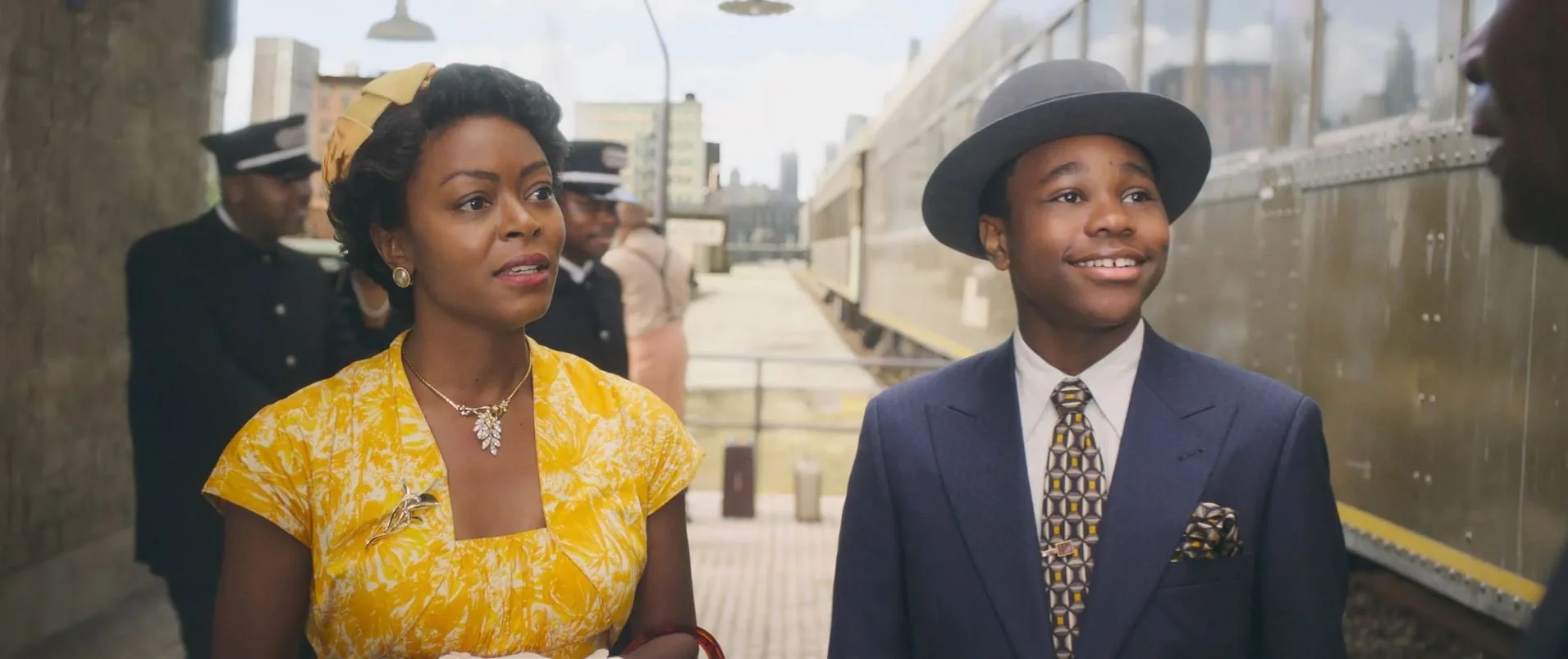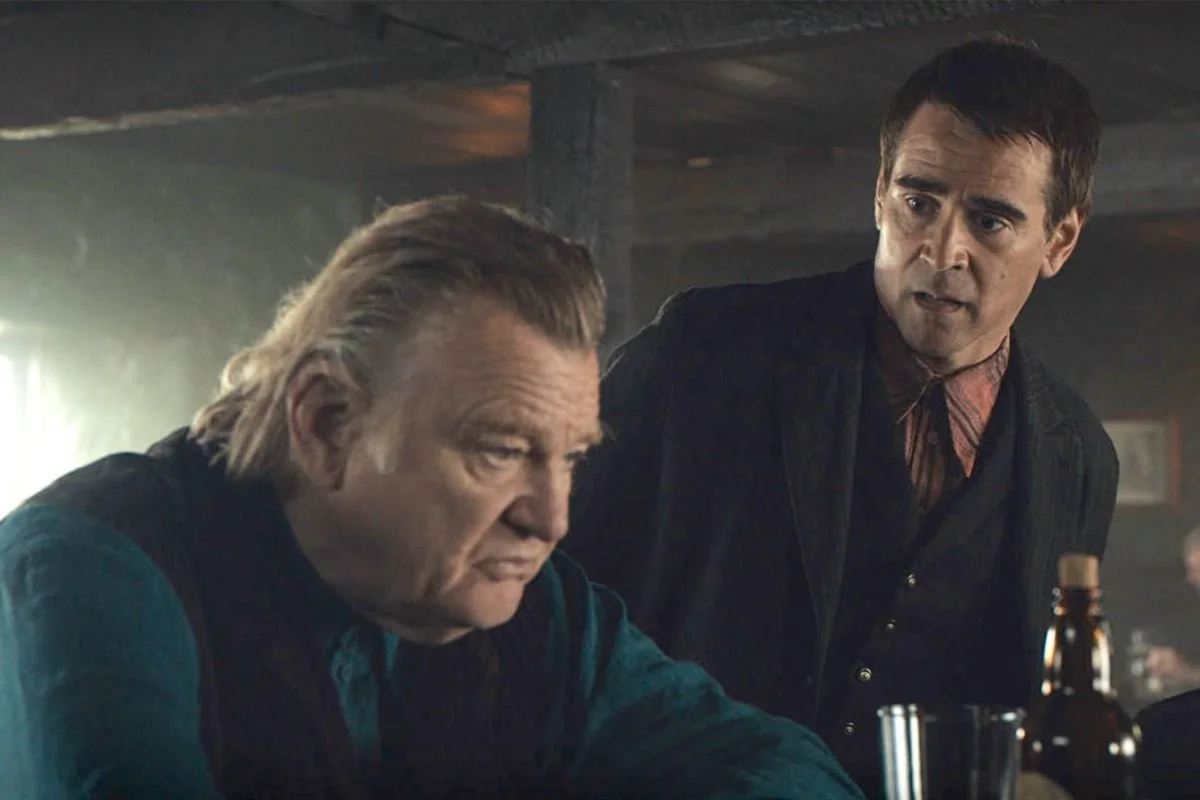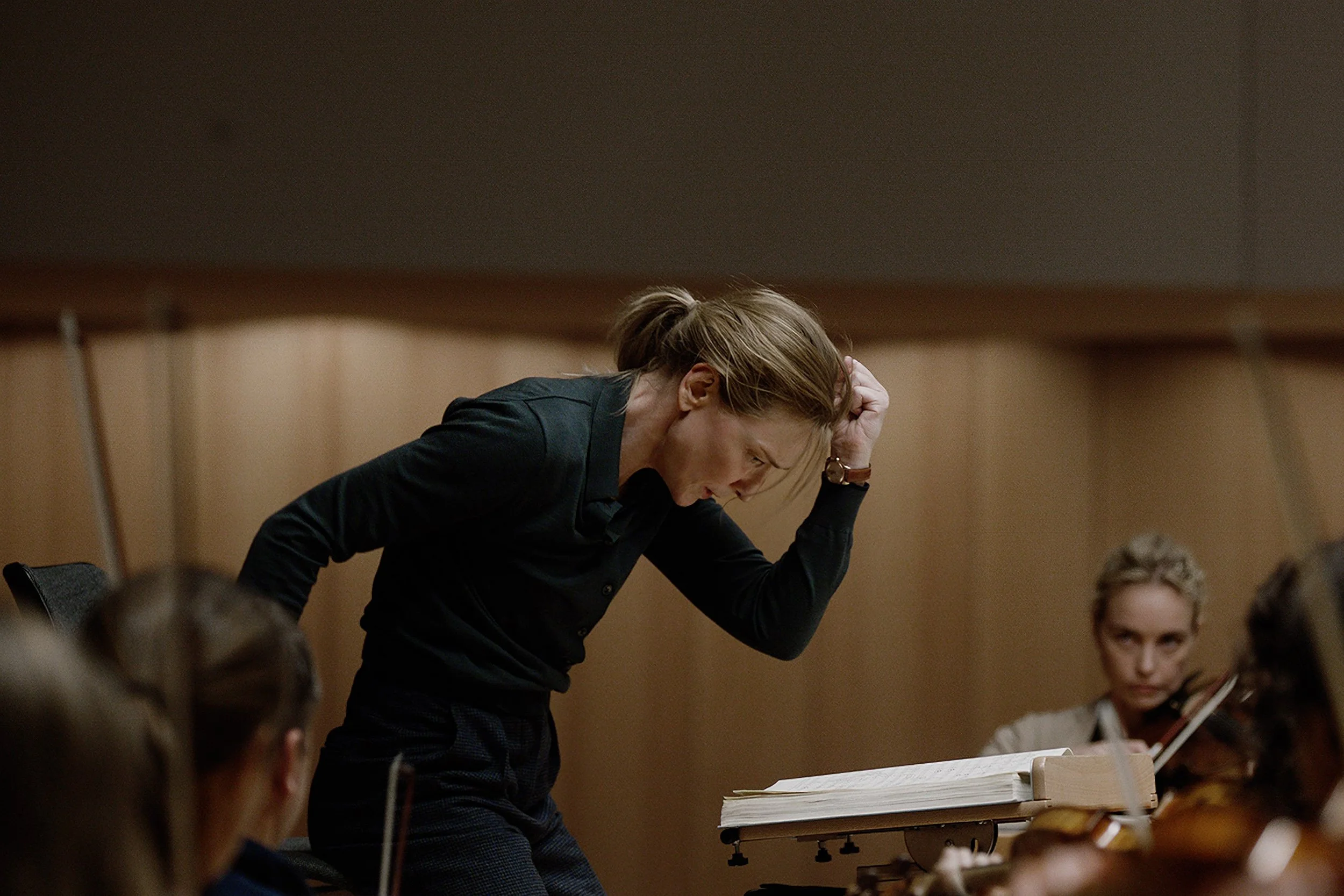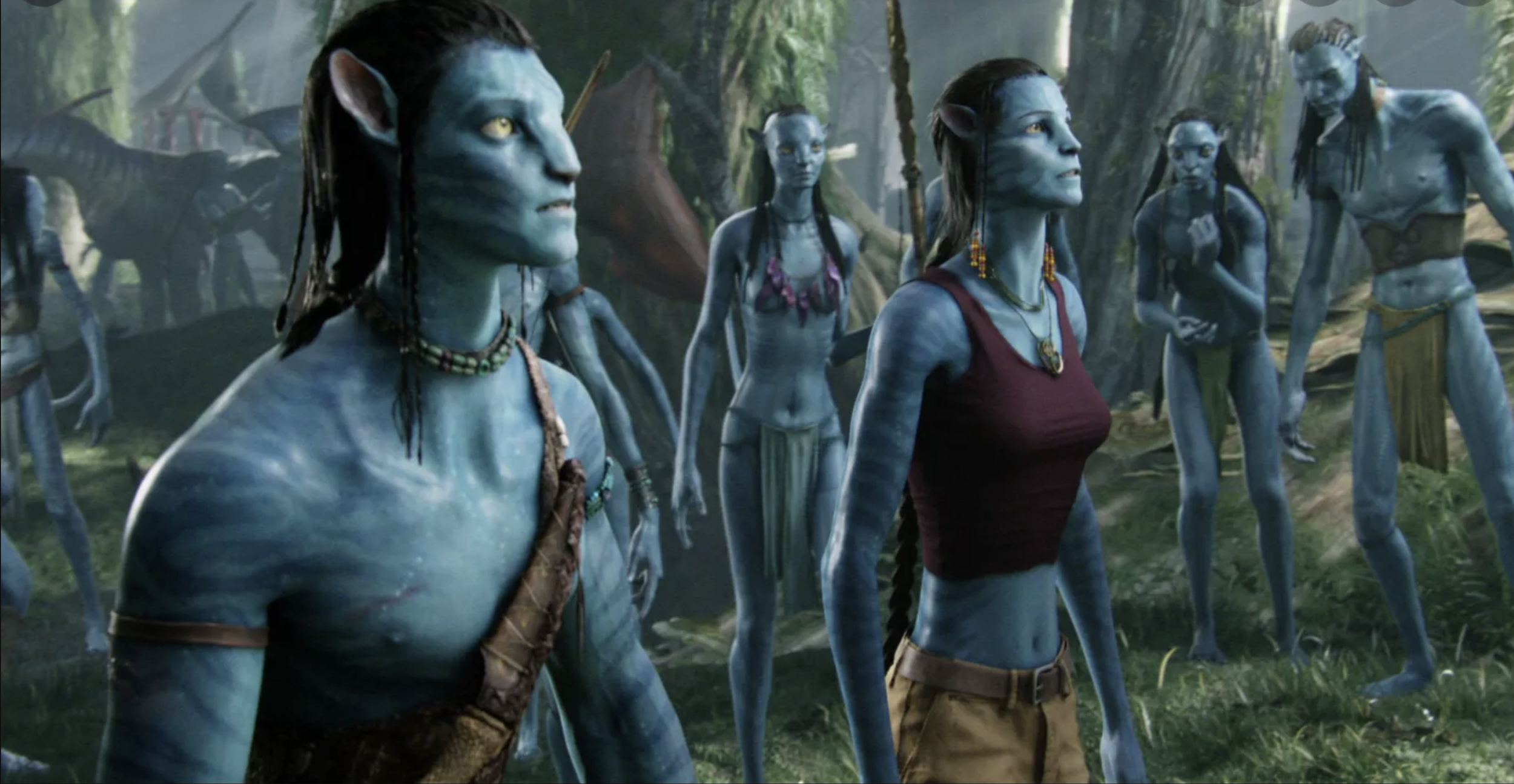WEIRD: THE AL YANKOVIC STORY
Directing: B
Acting: B+
Writing: B
Cinematography: B
Editing: B+
I’ll tell you what I find the most stunning about the film Weird: The Al Yankovic Story. You can just google this title, navigate your way to therokuchannel.roku.com, and watch it online in its entirety, for free—without commercials. Never before have I encountered a movie with this high a profile, albeit only “high” among “Weird Al” Yankovic fans (and it’s still a streamer release, after all), that is so easy to watch, commercial free, at no cost. How is this movie getting paid for? Apparently the Roku Channel invested $8 million for the production costs. I’ve never subscribed to Roku, but its Wikipedia page says the challen is ad-supported. Why is Weird not ad supported, then? Maybe they are presenting this movie as a sort of commercial for their service.
I don’t need anything else Roku has to offer but whatever. This web page offers a trick on how to watch it without ads, but when I went straight to the Roku Channel page it played entirely without ads. Perhaps it was a mistake? Watch the movie, quick! Get it while the getting’s good!
The other thing I keep thinking about this movie, which is a much more amusing detail, is how many viewers must have approached it thinking it was a straightforward telling of “Weird Al” Yankovic’s life and work—which it absolutely is not; with just a couple minor exceptions (such as the recording of “My Balogna” in a university bathroom), almost everything is either fabricated or wildly exaggerated. I keep imagining people staring this movie and taking several deeply confused minutes before they realize this. I even got a text from my sister telling me she wanted to love this movie but couldn’t, for this very reason.
In fact, Weird: The Al Yankovic Story is itself a parody, specifically of biopics. The script, cowritten by Eric Appel and Weird Al himself (a fitting project for this late in his career, at age 63), has an impressively sophisticated overall arc, following every by-the-numbers beat of all the biopics you’ve ever seen: the struggle of being misunderstood in childhood; clueless and abusive parents; overindulgence during a rise to fame. In this case, the movie presents Yankovic’s career as though he became the biggest pop star in the world, fueled by wildly popular song parodies.
This is the first straight-up parody motion picture I have gone out of my way to watch in ages, and there’s a reason well-made spoof movies are so few and far between: they are practically impossible to pull off anymore. Weird does a respectably successful job of it, giving me regular chuckles and giggles. But, I have to be honest. I wish it had a better rate of gags per minute. It’s easy to get impatient with a movie like this.
Casting Daniel Radcliffe, however big a fan of Yankovic he might be, in the title role is an odd choice. I suppose it’s part of the joke: Radcliffe stands at 5’5” tall, whereas Yankovic himself is an even 6’. It brings to mind the casting of 5’7” Tom Cruise in the role of Jack Reacher, a character who is supposed to be 6’5”. Radcliffe does an adequate job in the part, in spite of his jawline being radically different from Yankovic’s.
Furthermore, Weird goes deep into a fictionalize romance between Yankovic and Madonna (Evan Rachel Wood), who famously did ask Yankovic to parody one of her songs in the eighties. They did not, however, become drunken lovers until Madonna was kidnapped by Pablo Escobar (Arturo Castro), nor did Yankovic—spoiler alert!—murder Escobar and all of his henchmen. To be fair, Weird taking a sudden genre turn into action-movie is one of the more amusing things about it. I’m kind of dying to know what Madonna herself thinks of this movie.
It’s widely known that “Weird Al” Yankovic is a beloved figure, among both comedy legends and comedy fans; the man has an insane amount of goodwill, built up over decades. Thus, Weird is packed with cameos by famous people, from Lyn-Manuel Miranda as a surgeon to Josh Groban as an abused waiter, and plenty more. Yankovic himself has a supporting part in the film, not as himself, but as a record executive. It’s his first notable motion picture role since his single starring turn, in 1989’s UHF.
Weird: The Al Yankovic Story is deeply on brand for Yankovic, which is one of the most fun things about it—as is the fact that he even recorded a couple new original songs for the soundtrack, the first album release of any kind he’s given us since Mandatory Fun in 2014. He clearly decided to take his career in new directions once it became clear there was no longer money in album releases, hence this very film. And I found it a worthy diversion for about an hour and forty minutes, in the realm of the mildly amusing, anyway. Maybe I’m just spoiled because I was hoping for something more genuinely hilarious.
I’ll tell you this much about Daniel Radcliffe. The man is fit.
Overall: B










